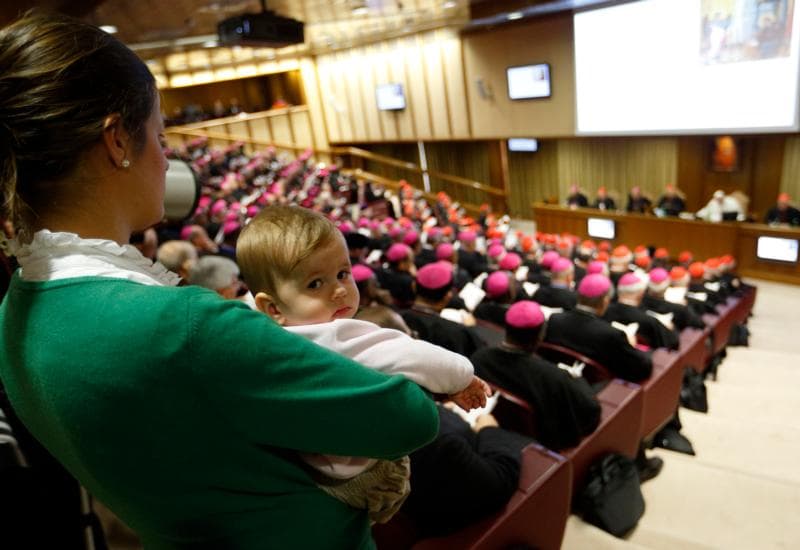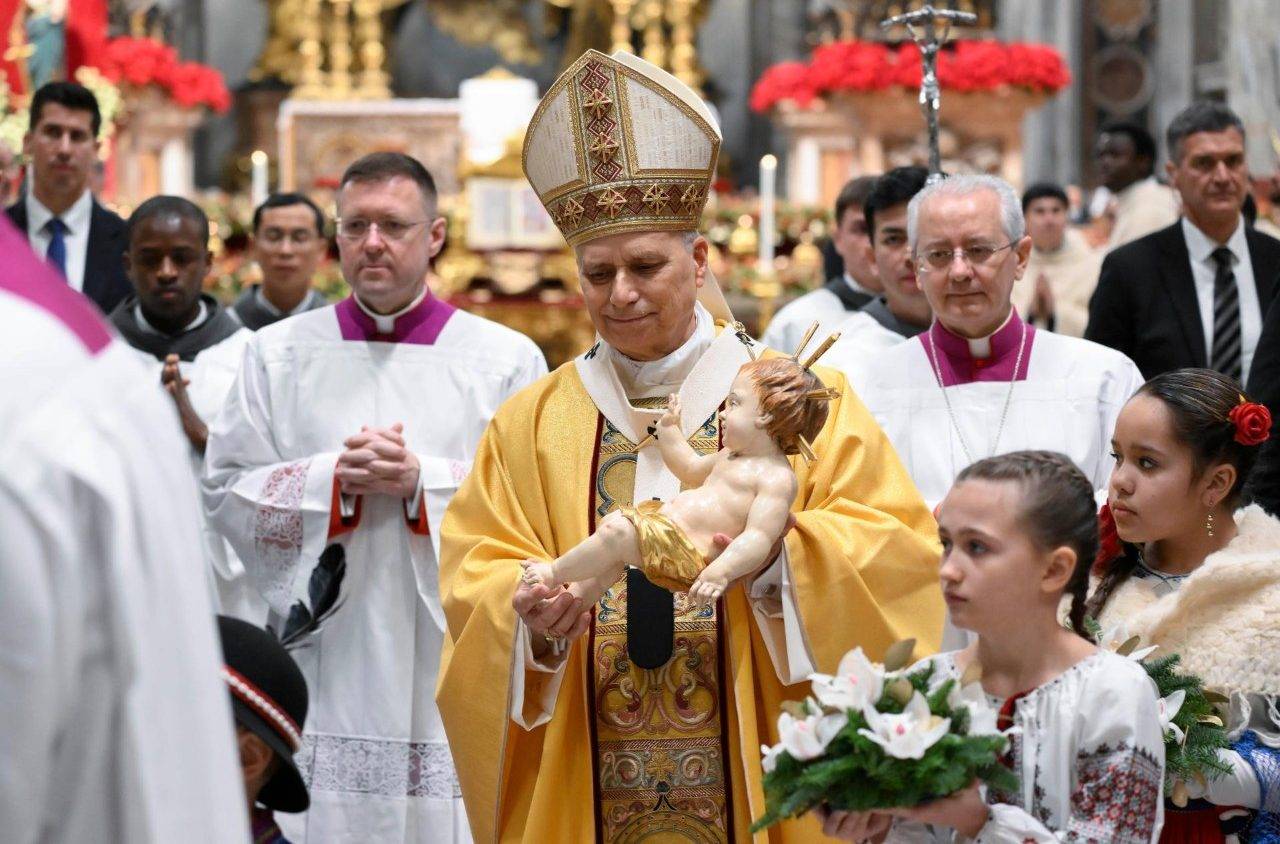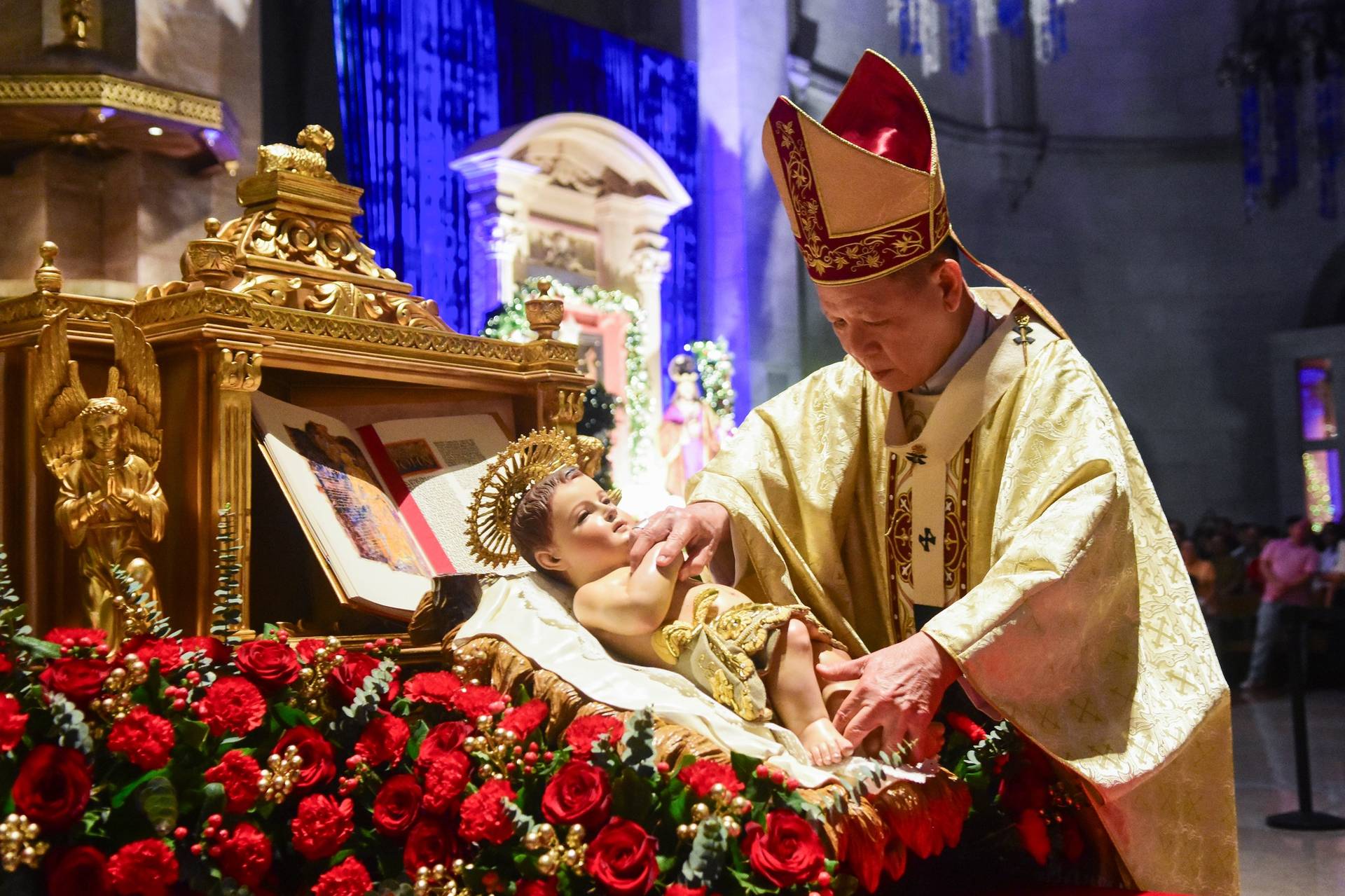Is an “extraordinary synod” a key piece to the puzzle for finding lasting solutions to the clerical abuse crisis which has engulfed the Church for the past generation?
Over the past ten days, three bishops have said they have requested Pope Francis call a synod in light of the recent stories of abuse and cover-up in different parts of the world.
On Aug. 22, Bishop Philip Egan of the Diocese of Portsmouth, in southern England, wrote the pope asking for an Extraordinary Synod on the Life and Ministry of Clergy.
“Clerical sex abuse seems to be a world-wide phenomenon in the Church,” Egan wrote to the pope. “As a Catholic and a bishop, these revelations fill me with deep sorrow and shame.”
Egan suggested the proposed synod cover topics such as the “identity of being a priest [or] bishop,” and devising guidance on “life-style and supports for celibacy,” to proposing a “rule of life for priests [and] bishops” and establishing “appropriate forms of priestly [and] episcopal accountability and supervision.”
A week later, on Aug. 29, Bishop Edward Burns sent a letter to the pontiff on behalf of the bishops and priests of the Diocese of Dallas also requesting an extraordinary synod.
“The current crisis of sexual abuse by clergy, the cover-up by leaders in the church and the lack of fidelity of some have caused great harm,” the letter said. It also suggested several topics for the synod to cover: “The care and the safeguard of children and the vulnerable, outreach to victims, the identity and lifestyle of the clergy, the importance of healthy human formation within the presbyterate/religious community, etc.”
The next day, Archbishop Charles Chaput of Philadelphia announced he had written Francis requesting he cancel this October’s Ordinary Synod on youth, and instead “begin making plans for a synod on the life of bishops.”
Whether or not this idea will gain traction among other bishops remains to be seen, but it is also a question of the feasibility of calling and holding such a meeting in a timely manner.
The Synod of Bishops is, according to canon law, a “group of bishops who have been chosen from different regions of the world and meet together at fixed times to foster closer unity between the Roman Pontiff and bishops, to assist the Roman Pontiff with their counsel in the preservation and growth of faith and morals and in the observance and strengthening of ecclesiastical discipline, and to consider questions pertaining to the activity of the Church in the world.”
Every two or three years, a meeting of the Synod takes place in Rome. There are three types of these meetings: Ordinary, like the one on youth scheduled for next month; Special, focused on a particular region of the world, like next year’s scheduled meeting on the Amazon region; and Extraordinary, which is called to deal with matters which require “a speedy solution.”
“In one sense, the extraordinary synod seems tailored to the current crisis, for this scandal is indeed a matter of the utmost urgency,” said Michael Dunnigan, a civil and canon lawyer who teaches canon law at Saint Meinrad Seminary in Indiana.
“In another sense, however, it seems that a different format or structure might be more effective. It is difficult to imagine the planning, preparation, and selection of hundreds of participating bishops taking place sufficiently soon to reassure the faithful. An aircraft carrier can indeed turn around in the ocean but expecting it to do so quickly is an invitation to frustration,” Dunnigan told Crux.
An Extraordinary Synod is smaller than an Ordinary Synod, and the principal participants are the heads of the Eastern Catholic Churches and the presidents of the world’s episcopal conferences. Only three have been called in the past: In 1969, 1985, and 2014.
However, none of these were especially “speedy” affairs, nor were the subjects tackled truly urgent matters.
In 1969, soon after the Second Vatican Council, the bishops met to discuss the role of the episcopal conference in their dealings with the Vatican; the 1985 meeting was called to mark the 20th anniversary of the closing of the council; and the 2014 was the first of two synod meetings on family life, part of the “process of discernment” on family issues called for by Francis.
Although the meetings were smaller than Ordinary Synods, the preparation time was similar for both.
Theoretically, an extraordinary session of the Synod of Bishops could be called relatively quickly, since the bishops’ conferences do not have to meet to elect delegates, and several of the bureaucratic steps could be skipped or at least sped up. However, in practice, this has never been the case.
Dunnigan said it is also important to remember what a synod is, and what it is not.
“It may help to distinguish a synod from a council. In an Ecumenical Council, the bishops, together with the pope, are exercising their governing power. A synod is different. In a synod, the bishops are only advising the pope,” he said.
Another sticking point is that a synod is primarily a meeting of bishops: Although lay people are invited to address the meeting and can take part in some of the deliberations, they are strictly observers.
For another model, you only have to look to Australia, which is holding a Plenary Council in 2020 after the Church in the country was battered by sexual abuse and cover-up allegations.
Plenary councils, which require the approval of the Vatican, involve everyone in the Church – including bishops, priests and deacons, members of religious orders, and the laity. It also has legislative power, meaning it can make binding decisions.
There hasn’t been a plenary council in the United States in over 130 years, after three were held in Baltimore in the 19th century. Older Catholics in the country will be familiar with the Baltimore Catechism, which was issued by the Third Plenary Council in 1884.
Only the bishops have a binding vote in a plenary council, but the lay and other participants have an advisory vote.
“My own opinion is that a plenary council for the United States would be entirely appropriate,” Dunnigan told Crux.
“Just as Boston became the epicenter of the worldwide crisis in 2002, so now do we locate the epicenter of the 2018 crisis somewhere between Washington and Pennsylvania. Indeed, some American bishops called for just such a plenary council at the famous 2002 meeting of bishops in Dallas,” the canonist said.
However, there are no provisions for such a meeting at the level of the worldwide Church.
“Current law does not contemplate this possibility or provide a mechanism for it,” explained Dunnigan.
“The primary institutions for large scale international consultation and action are the Ecumenical Council and the Synod of Bishops. However, nothing prevents the laity from convening a large-scale international meeting on a model of their own choosing,” he said.
















